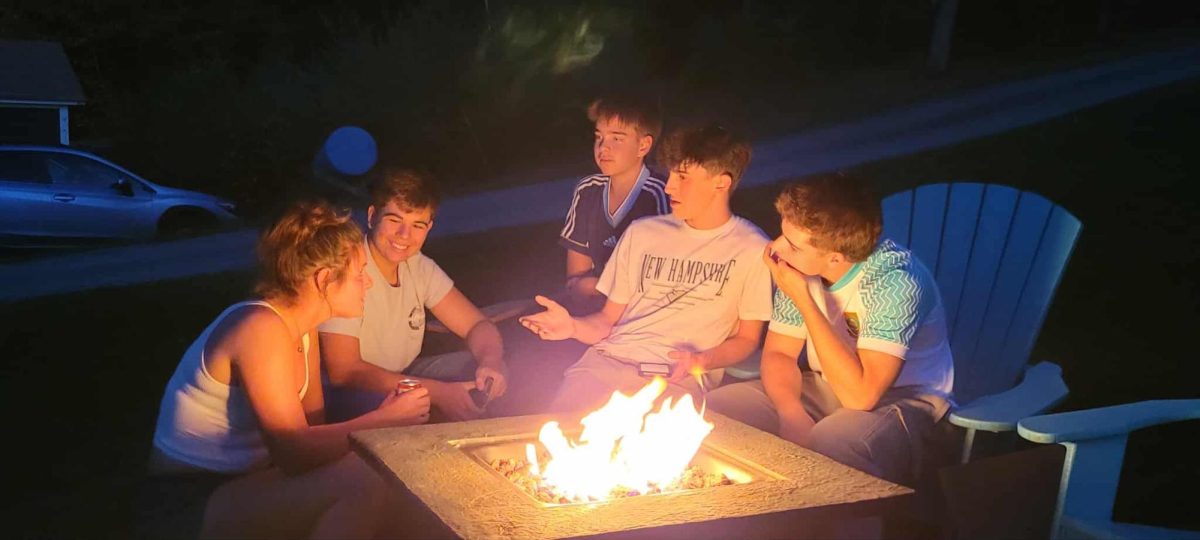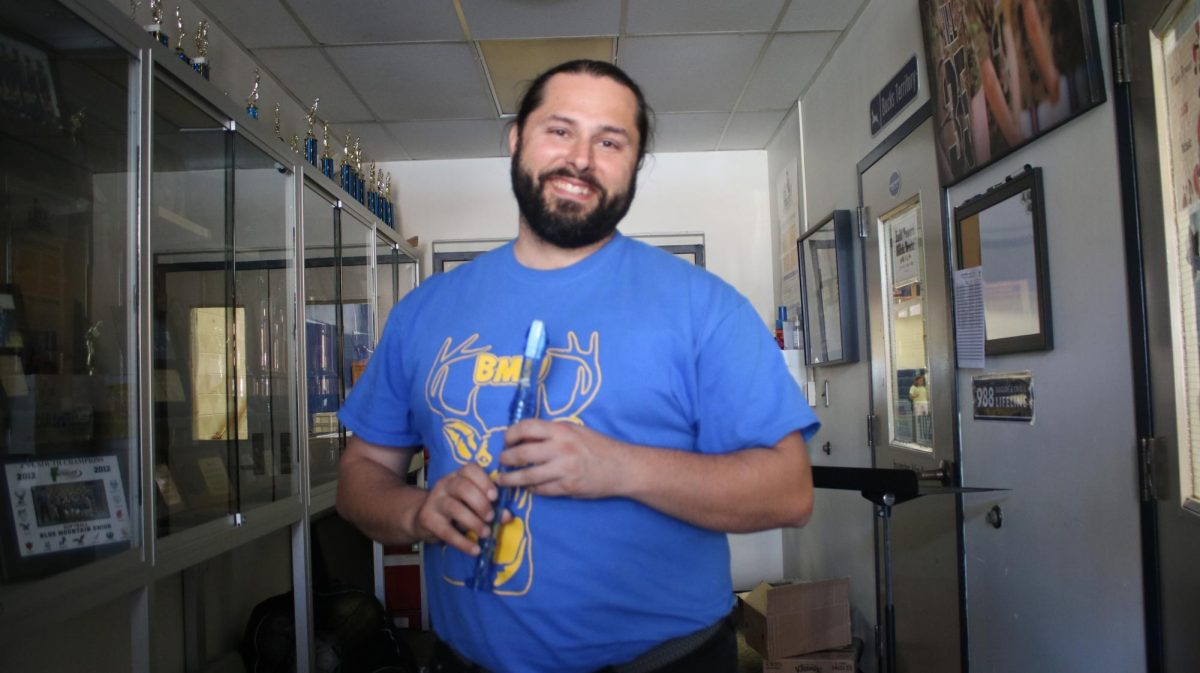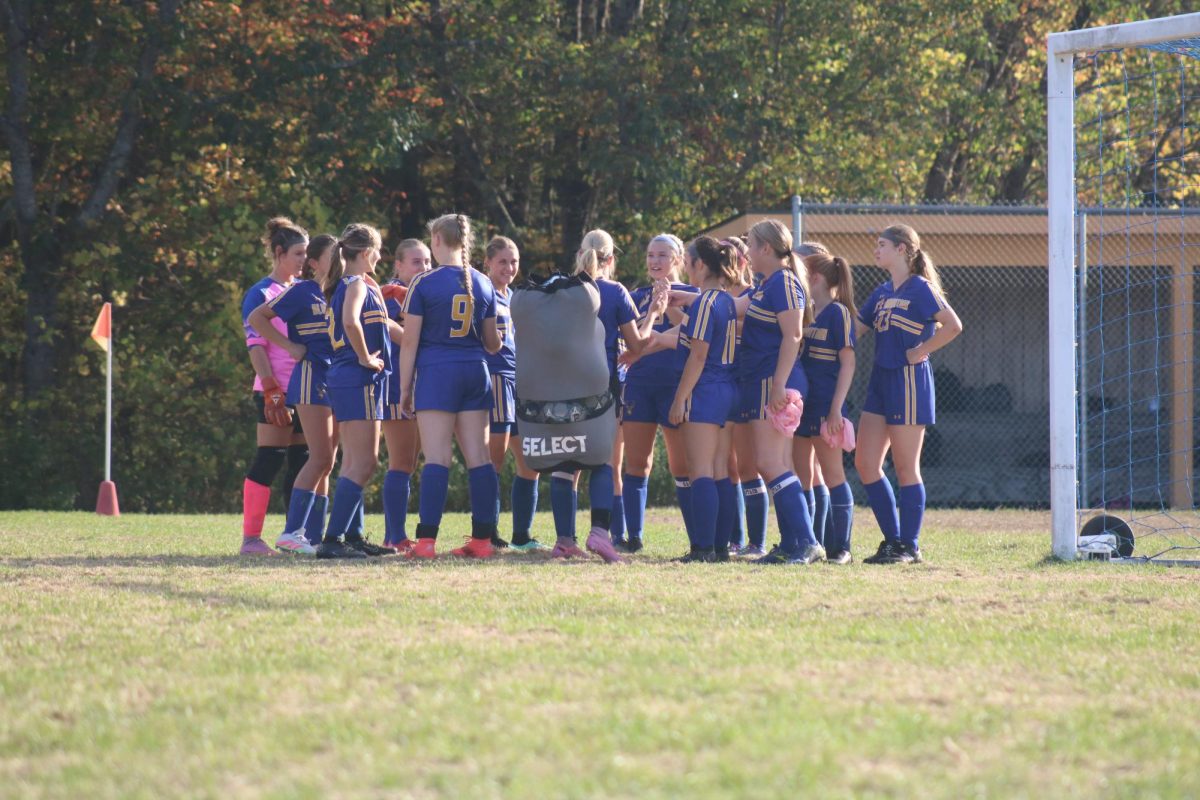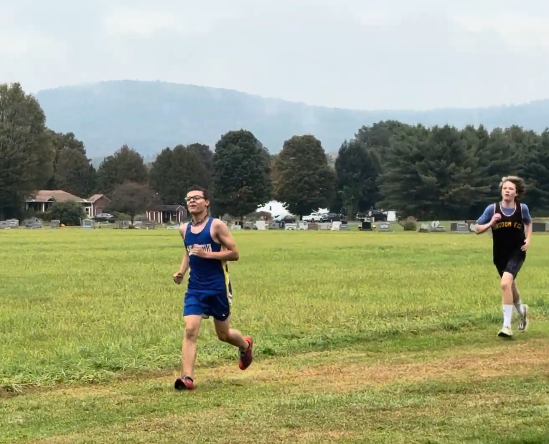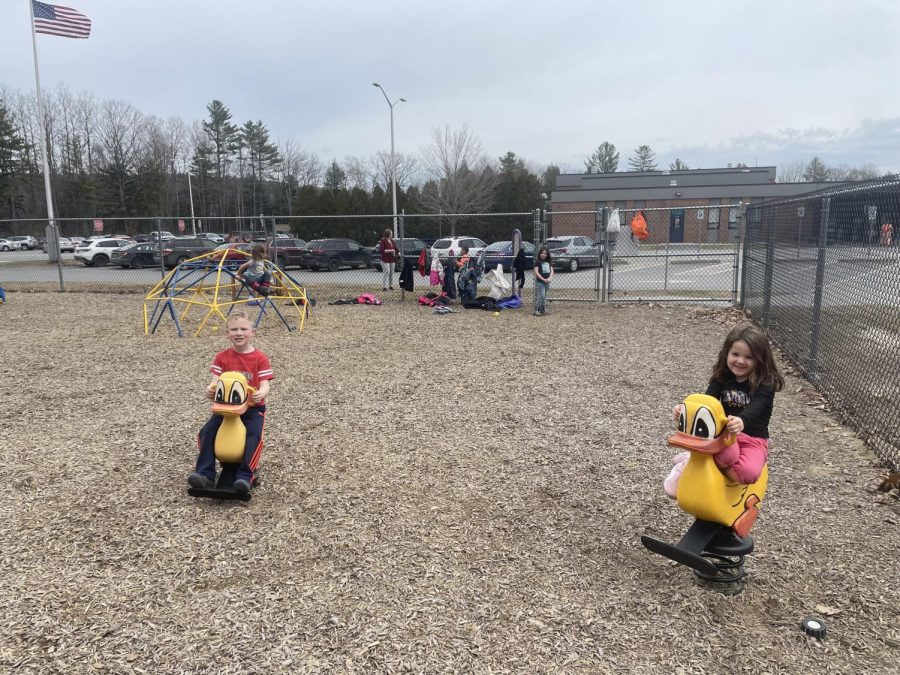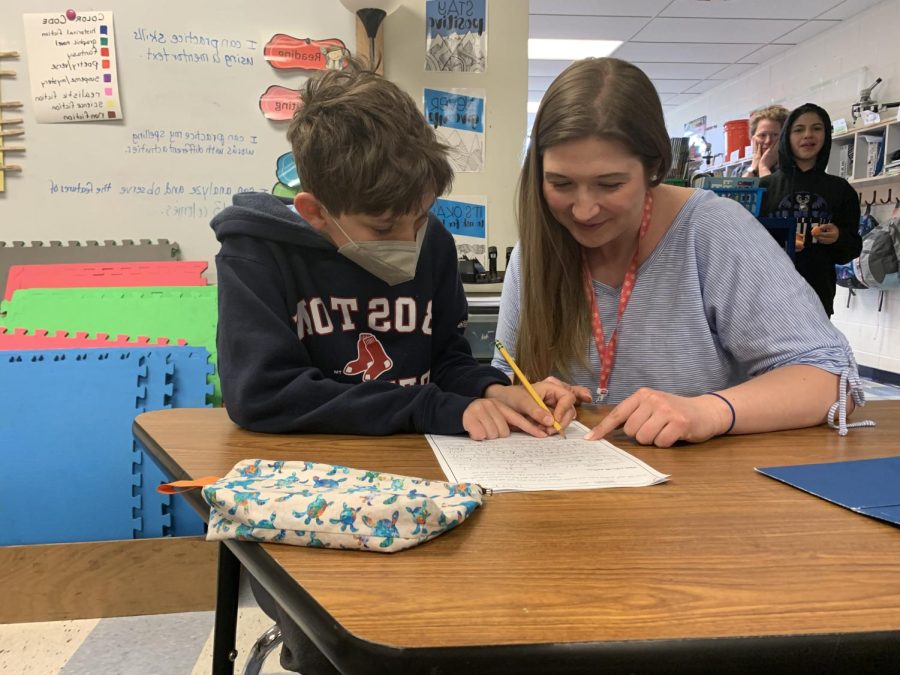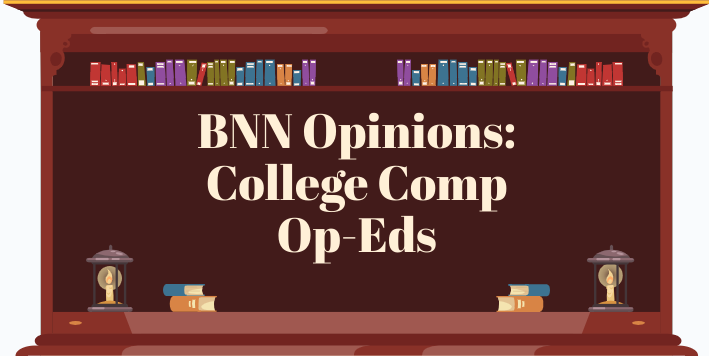American families are suffering and children continue to be overlooked. 2021 brought new hope: in the United States, child poverty rates hit an all-time low of 5.2%. Pandemic poverty relief programs protected almost 3 million children from poverty, cutting the child poverty rate by 46%. But this assistance was a temporary fix. The devastating truth is that many of these programs have expired, causing the child poverty rates to more than double as of 2022.
37.9 million people and 9 million children are being failed by their government, which was assigned to maintain the public’s well-being. How can we say it’s not the government’s responsibility to help its people receive their most basic needs?
Among those struggling is your community. Even Vermont, one of the states with the lowest rate of child poverty, has over 75,000 children living below the poverty line. We, as a state and as a country, need to put forth deliberate effort and care if we hope to take further strides in solving the ever-growing rate of poverty in our communities.
Experiencing childhood poverty creates countless harmful effects on physical health, mental health, learning aptitude, and future opportunities. These aren’t short-term problems; rather, they are multi-generational afflictions. Children experiencing poverty have a 1 in 3 chance of staying in poverty, continuing the generational cycle.
This nationwide issue can feel overwhelming. How can we help the millions struggling? The answer lies in helping parents and families first. This is how we help America’s children.
The two-generation approach, providing support for parents/guardians affected by poverty, is the leading method for solving poverty. Studies show that children with educated parents and nurturing childcare experiences develop emotional and problem-solving skills much earlier on than those without. All of these vital components allow children to grow to their full potential, maturing into adults armed with the skills they need to succeed in life.
We, as a country, need to put our efforts toward long-lasting change instead of temporary assistance programs. With more COVID assistance programs expiring, we can’t leave these children and families stranded without hope for real change. Implementing the 2gen approach in our state legislature and our government is what we need to help our communities.

